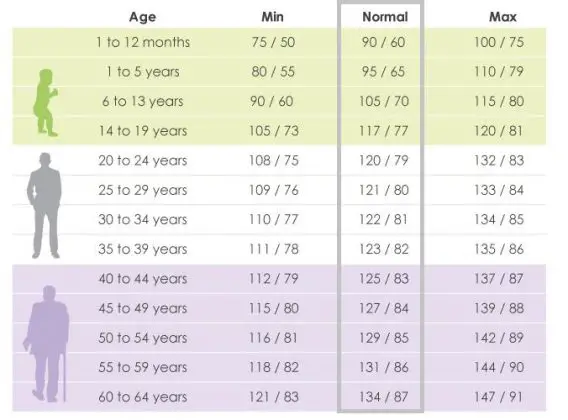

Being physically active can help maintain a healthy weight. Inactivity and lack of exercise: Leading a sedentary lifestyle can contribute to being an unhealthy weight and the risk of high blood pressure.Leading a healthy lifestyle as well as making some dietary changes can help manage diabetes. Diabetes: This can worsen the effects of high blood pressure on the arteries.If you smoke, quitting is one of the best things you can do for your overall health. Smoking: This can increase the risk of atherosclerotic plaque and worsen the effects of high blood pressure on the arteries.In some cases, heavy drinkers with high blood pressure can lower their levels by cutting back to moderate drinking. High alcohol intake: Drinking too much alcohol can raise blood pressure to unhealthy levels, and temporarily high levels can become permanently high with long-term excessive drinking.Small lifestyle changes like eating a healthy diet and exercising regularly can help you reach and maintain a healthy weight. Being overweight can increase the risk of high blood pressure as well as the risk of heart disease and other risk factors, such as high cholesterol. Being overweight: Blood pressure rises as body weight increases.Making other dietary changes can help manage high blood pressure. Cutting down on salt will help to lower blood pressure and can make a difference very quickly. High sodium intake: There is a well-established relationship between high intake of sodium (found in salt and other sources) and high blood pressure.The risk factors that can be controlled through lifestyle changes include the following. Gender: Men are more likely than women to have high blood pressure.Age: As people get older, their blood pressure may change due to the arteries becoming more rigid over time.

Normal blood pressure range by age and gender free#
The Stroke Foundation provides thousands of free blood pressure checks to New Zealanders across the country every year. High blood pressure is when it is consistently around or over 140/90. Normal blood pressure is around 120/80 (said as "one-twenty over eighty") or lower. It often involves a cuff being placed around your arm and inflated - it feels tight but doesn't hurt. Your doctor will be able to carry one out for you, as well as some chemists. Recent research estimates a third of these people don't know it as high blood pressure often has no symptoms.Ī blood pressure check is quick and painless. One in five New Zealanders experience high blood pressure. A person with high blood pressure is up to seven times more likely to have a stroke than someone with normal or low blood pressure. High blood pressure is the number one modifiable risk factor for stroke. It puts too much pressure and stress on the walls of blood vessels and increases the risk of both bleeds and blood clots. Getting regular blood pressure checks can be your best defence against stroke.


 0 kommentar(er)
0 kommentar(er)
